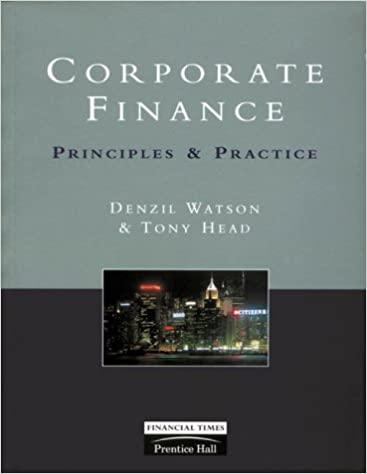3) The Price Elasticity of Demand can be calculated without using calculus by taking the percent change of quantity demanded , and dividing it by the percent change in its price p. a) Use your Demand function to calculate the number of units demanded when TVs are priced at 5640 AND number of units demanded when TVs are priced at $650 1640 71975 $65091456 b) Calculate the percent change in price if the price increased from 640 to 650. Then calculate the percentage change in quantity of units demanded at these prices. If you need to round, round to six decimal places. 2.5625% c) Divide the percent change of quantity demanded by the percent change in price. Round to the nearest hundredth. 1218751/ d) Compare your answer with part 2a. How does your answer relate? bu 775 365071950 3.00 e) THINK AND EXPLAIN: If the percent change in price is LESS than the corresponding percent change in quantity, would the product be ELASTIC or INELASTIC at that price? clash because Wild a If the percent change in price is GREATER than the corresponding percent change in QUANTITY, would the product be ELASTIC OF INELASTIC at that price? eleste because it will Justify your answer based on the mathematical formula (percent change of quantity demanded divided by the percent change in price), and mathematical reasoning. 2 P 4) Let's maximize your revenue! P a) First, use the demand function p(x) to find the revenue function. What is the revenue function for these TVS? R=xp +1u30x b) Use calculus to maximize the revenue function. Make sure to also show how you use calculus to confirm that this point is indeed a maximum. What number of units sold will maximize the revenue? (Do not round; even though selling a fractional TV isn't possible, leave the answer unrounded so that oft the math will work out neatly in the rest of the project. Your answer should have just one decimal place) max is $1278062.50 c) Sketch a graph of the revenue function or use software to graph it. EXPLAIN, Just based on common sense or perhaps on business sense, why the revenue would have this general shape (why it would increase and then decrease) 3) The Price Elasticity of Demand can be calculated without using calculus by taking the percent change of quantity demanded , and dividing it by the percent change in its price p. a) Use your Demand function to calculate the number of units demanded when TVs are priced at 5640 AND number of units demanded when TVs are priced at $650 1640 71975 $65091456 b) Calculate the percent change in price if the price increased from 640 to 650. Then calculate the percentage change in quantity of units demanded at these prices. If you need to round, round to six decimal places. 2.5625% c) Divide the percent change of quantity demanded by the percent change in price. Round to the nearest hundredth. 1218751/ d) Compare your answer with part 2a. How does your answer relate? bu 775 365071950 3.00 e) THINK AND EXPLAIN: If the percent change in price is LESS than the corresponding percent change in quantity, would the product be ELASTIC or INELASTIC at that price? clash because Wild a If the percent change in price is GREATER than the corresponding percent change in QUANTITY, would the product be ELASTIC OF INELASTIC at that price? eleste because it will Justify your answer based on the mathematical formula (percent change of quantity demanded divided by the percent change in price), and mathematical reasoning. 2 P 4) Let's maximize your revenue! P a) First, use the demand function p(x) to find the revenue function. What is the revenue function for these TVS? R=xp +1u30x b) Use calculus to maximize the revenue function. Make sure to also show how you use calculus to confirm that this point is indeed a maximum. What number of units sold will maximize the revenue? (Do not round; even though selling a fractional TV isn't possible, leave the answer unrounded so that oft the math will work out neatly in the rest of the project. Your answer should have just one decimal place) max is $1278062.50 c) Sketch a graph of the revenue function or use software to graph it. EXPLAIN, Just based on common sense or perhaps on business sense, why the revenue would have this general shape (why it would increase and then decrease)







